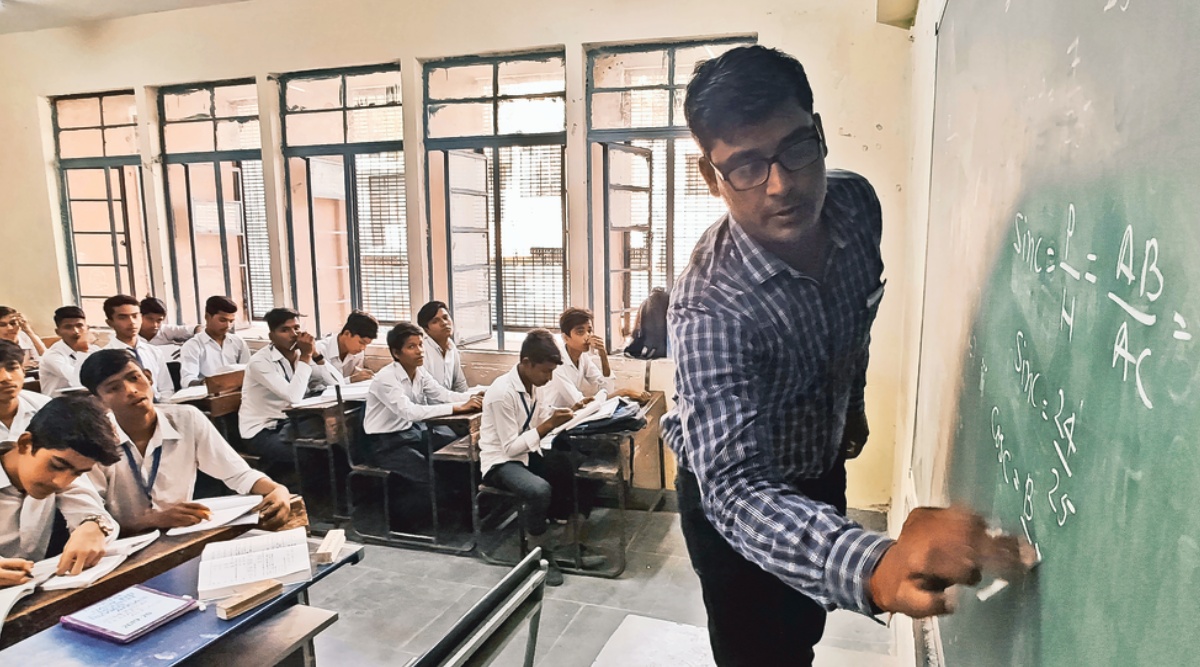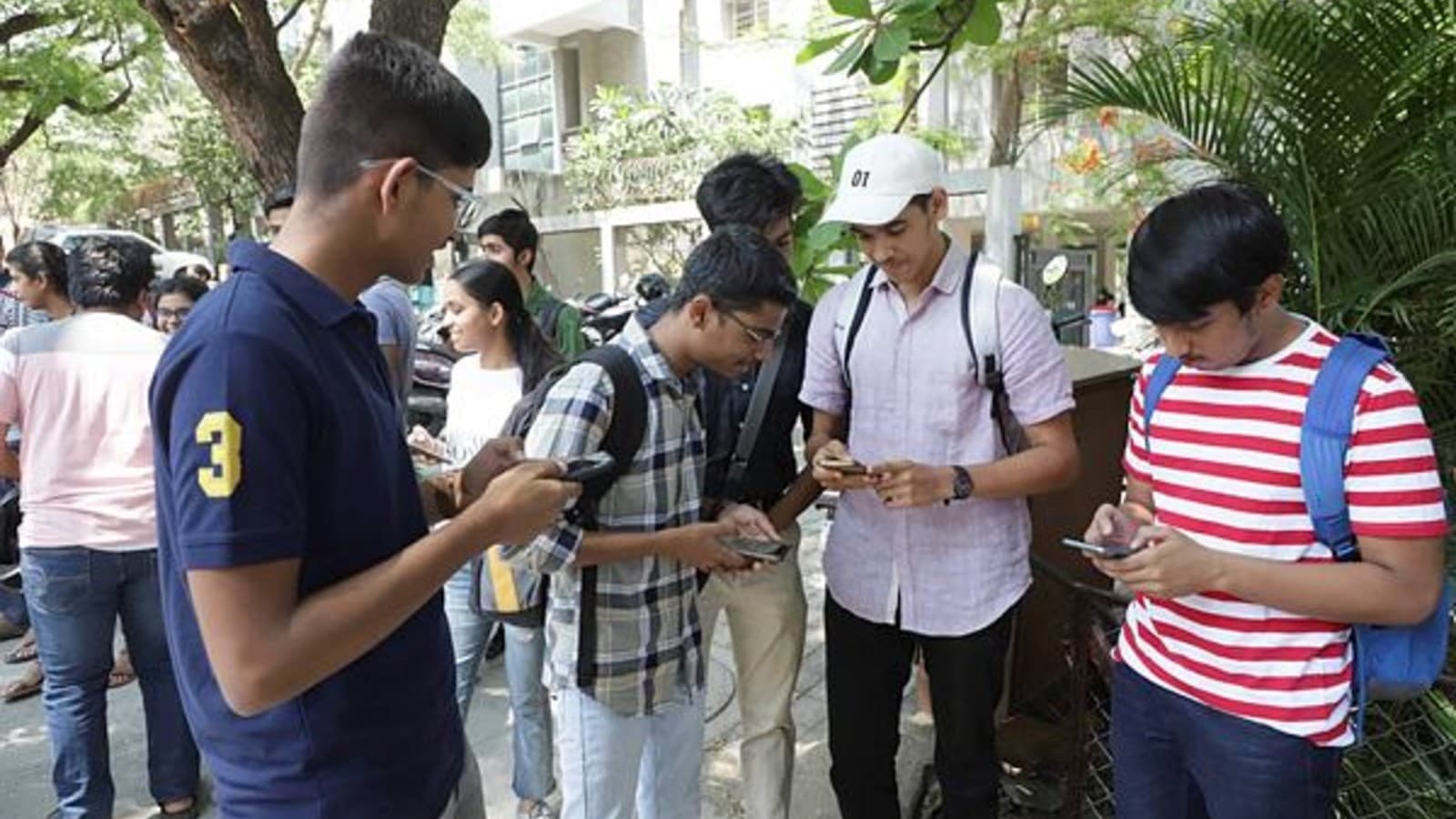A quarter of the children up to age 7 enrolled in Delhi government schools have been identified as “chronic absentees” during the course of the ongoing academic year, after being back in school following a two-year gap.
The Indian Express had Thursday reported that between April 1 and October 20, 3.48 lakh children — or 18% of all children enrolled in Delhi government schools — have been absent for seven consecutive days or 20 out of 30 working days, which the Delhi Commission for Protection of Child Rights (DCPCR) has identified as “chronic absenteeism”.
In absolute numbers, the number of children aged under 5 and between 5 and 7 make up a small fraction of this 3.48 lakh owing to the much smaller number of such children enrolled in Delhi government schools. However, they make up one-fourth of the children of these age categories in these schools.
In the below 5 years age category, 4,909 children were identified as “chronic absentees”, which makes up 25% of the students in this age category in these schools. In the 5-7 years age category, this is 21,604 children, which makes up 26% of students of this age in Delhi government schools.
The percentage is slightly lower in the 8-10 age category — 28,630 children or 17% students in this age category were identified as chronically absent. The number balloons in the 11-13 and 14-16 age categories to 1,35,558 and 1,13,876 respectively. Since most schools run by Delhi government start from class VI, these make up 19% and 16% of the total students of these respective age categories enrolled in these schools.
On the other hand, in its efforts to contact parents of “chronically absent” children and bring them back to school, the DCPCR has had more success in establishing contact with families of younger children. They were able to establish contact with 34% of chronically absent children below 5 years of age; 24% of those between 5-7 years; 26% of those between 8-10 years; 21% of those between 11-13 years; 20% of those between 14-16 years; and 18% of those above 17 years.
Further, a larger percent of chronically absent children have “returned to school”, defined as them having an attendance of at least 33% monitored over a period of 30 working days – 16% of such children in the below 5 years’ category returned, which tapered to 12%, 11%, 9%, 9%, 9% and 9% in the 5-7, 8-10, 11-13, 14-16, and above 16 age categories respectively.
“The percentage of students returning to school progressively drops with the increase in the age of the student. It can be observed that at a younger age, a higher percentage of students’ families are more serious about their children’s education and are more receptive to the government’s nudges regarding sending them to school regularly,” said DCPCR chairperson Anurag Kundu.
!function(f,b,e,v,n,t,s)
{if(f.fbq)return;n=f.fbq=function(){n.callMethod?
n.callMethod.apply(n,arguments):n.queue.push(arguments)};
if(!f._fbq)f._fbq=n;n.push=n;n.loaded=!0;n.version=’2.0′;
n.queue=[];t=b.createElement(e);t.async=!0;
t.src=v;s=b.getElementsByTagName(e)[0];
s.parentNode.insertBefore(t,s)}(window, document,’script’,
‘https://connect.facebook.net/en_US/fbevents.js’);
fbq(‘init’, ‘444470064056909’);
fbq(‘track’, ‘PageView’);








